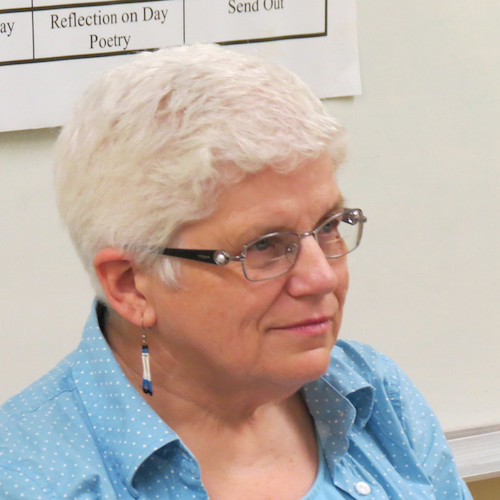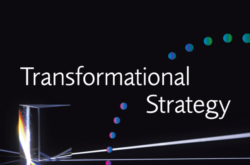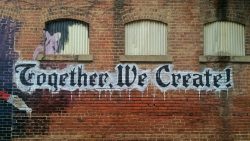Some years ago, I was facilitating a community consensus workshop on “What are elements of successful public consultation?”. One group sent up a card that said “more chocolate”. Although the card was meant as a joke, we took it seriously and asked what they meant and where it most illuminated an element of successful consultation. The card went up on the wall, and helped create an understanding that people need a safe and comfortable environment to participate in public consultation.
Although the Consensus Workshop Method looks to some people on the surface like other methods — “brainstorming, sorting and ranking ideas”, or “fishbone diagrams” among others — it has a different underlying principle that promotes the creation of consensus – the creation of a larger insight of a group, based on the brainstormed individual ideas. This process is the process of “gestalt”, seeing the relationships between the individual ideas that create an insightful answer to the focus question and the product the group needs, rather than sorting ideas into categories.
Each step works within a paradigm of “yes/and” rather than “either/or”. The specific outcome of the workshop is not pre-determined, but is produced by the group as it works together. In this way, there is a place for everyone to be heard and to see their contributions reflected in the result.
Each individual brainstorm idea is acknowledged, and the wisdom under it is affirmed, not merely the surface level. No idea is thrown out. In the stage of small group brainstorming after the individual brainstorm, the emphasis is on understanding and including the range of diverse answers to the focus question.
In the clustering, no idea is thrown out because the question is never “do you agree with this idea”, but “what is the wisdom behind this idea” and “where does this idea best illuminate a larger answer to the focus question”. The card is placed where will it make more of an impact or expand the discussion.
The group often has an “aha” like a light bulb lighting up, as a larger pattern of insight emerges from the group. It is like a picture puzzle, where each piece, whether we like the piece or not, is necessary to create a picture that is larger than the sum of the pieces. Every card, like the “more chocolate” card, is placed where it will make more of an impact or expand the discussion. More than one person needs to support the placement of a card, and there is the possibility of moving a card as the workshop progresses and new insights emerge. The facilitator is not looking for unanimous agreement, but if there is strong disagreement, the conversation explores what the insight is behind the different perspectives, still emphasizing what new insights are revealed by the discussion.
In the naming, the process summarizes the emerging insight behind the cluster of individual ideas to create an answer to the focus question that no one person owns, but that everyone has contributed to.
And finally, in the resolve stage, the conversation draws out all the levels of thinking, so that the final decision or product is informed by the reflection of everyone in the group.
For more detail on the underpinnings of the Consensus Workshop Method, see Chapter 6 of Getting to the Bottom of Top, by Wayne and Jo Nelson, published by iUniverse.com or The Workshop Book by Brian Stanfield.






